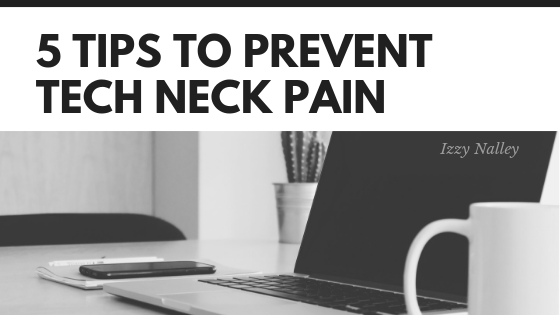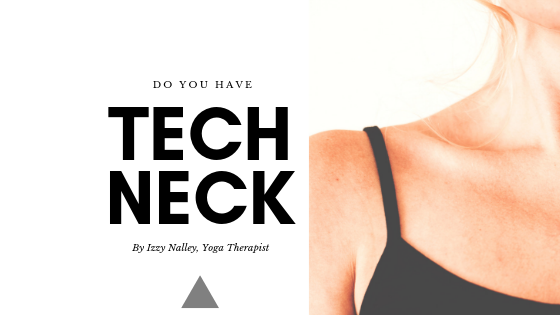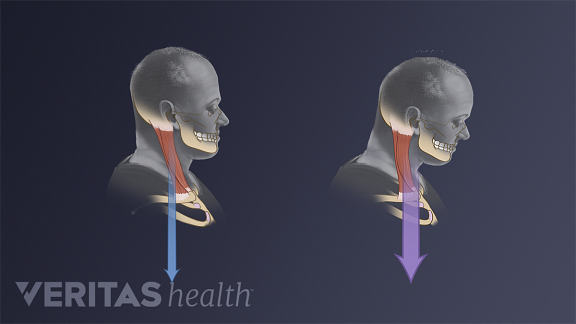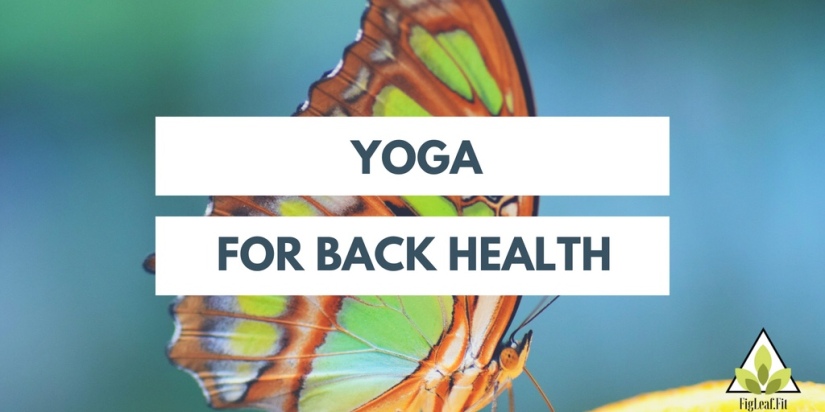You might be surprised to know that tight hamstrings could be causing you low back pain, pulling on your knee and causing mobility problems with your hips and glutes.
Let me introduce you to your hamstrings in this post and then learn how to Move Your Hamstrings followed by how to restore & stretches to help loosen the tightness and heal your body to help prevent future injuries.

Location: Posterior (back side) of body between the Hip and just below the Knee
Muscles: Consists of 3 muscles: from medial to lateral: semimembranosus, semitendinosus and biceps femoris.
(Image1 Ref 2)
Nerves: branch of Sciatica Nerves
Actions: Flexion (bend) of the knee joint and extension (straighten) of the hip joint.
“The hamstrings play a crucial role in many daily activities such as walking, running, jumping, and controlling some movement in the gluteus.”

Injuries: The hamstrings are quite susceptible to injury.
“At the hip, the hamstrings play a role in a posture condition known as flat low back. This is because the result of their contraction at this location is a pulling down of the pelvis in back, a move also known as a posterior pelvic tilt. The posterior pelvic tilt, in turn, tends to elongate the natural low back curve, overstretching and/or weakening the muscles in that area and possibly predisposing you to disc injury. Tight hamstrings may also play a role in sacroiliac dysfunction.” 2
(Image 2 Ref 3)
Hamstring injury risk factors include:
“Prior hamstring injury. After you’ve had one hamstring injury, you’re more likely to have another one, especially if you try to resume all your activities at pre-injury levels of intensity before your muscles have time to heal and rebuild strength.
Poor flexibility. If you have poor flexibility, your muscles may not be able to bear the full force of the action required during certain activities.
Muscle imbalance. A muscle imbalance may lead to hamstring injury. When the muscles along the front of your thigh — the quadriceps — become stronger and more developed than your hamstring muscles, you may be more likely to injure your hamstring muscles.
Sports that require sprinting or running, or other activities such as dancing that might require extreme stretching, make a hamstring injury more likely.” 1

Injury Prevention:
“As part of an overall physical conditioning program, regular stretching and strengthening exercises can help minimize your risk of hamstring injury. Try to be in shape to play your sport; don’t play your sport to get in shape.” 1
References:

































